My KubeCon China 2023 Summary
First of all, I would like to thank the karmada community for providing the tickets to KubeCon, and I met with core contributors and maintainers of karmada such as zhen chang, hongcai Ren, and Wei jiang.
In previous years, attending the technology conference left me with no deep impression and no harvest. This time I forced myself to record it, deepen my impression and summarize my gains.
I am interested in colocation, so the sharing I listened to is basically related to this.
updated: all of the kubeCon china 2023 videos is released. youtube video list, WeChat subscription account
slides: https://kccncosschn2023.sched.com/?iframe=no
istioCon china 2023 slides: https://istioconchina2023.sched.com/ https://github.com/cloudnativeto/academy/tree/master/istiocon-china-2023
1 The of sessions attended
1.1 September 27
video: YouTube WeChat subscription account
Previously, I only knew that kueue was a project of the Kubernetes Sig Group, which manages job queues. This time, I learned about its working principle based on MutatingWebhook, which intercepts various job resources for queue management and adds NodeAffinity.
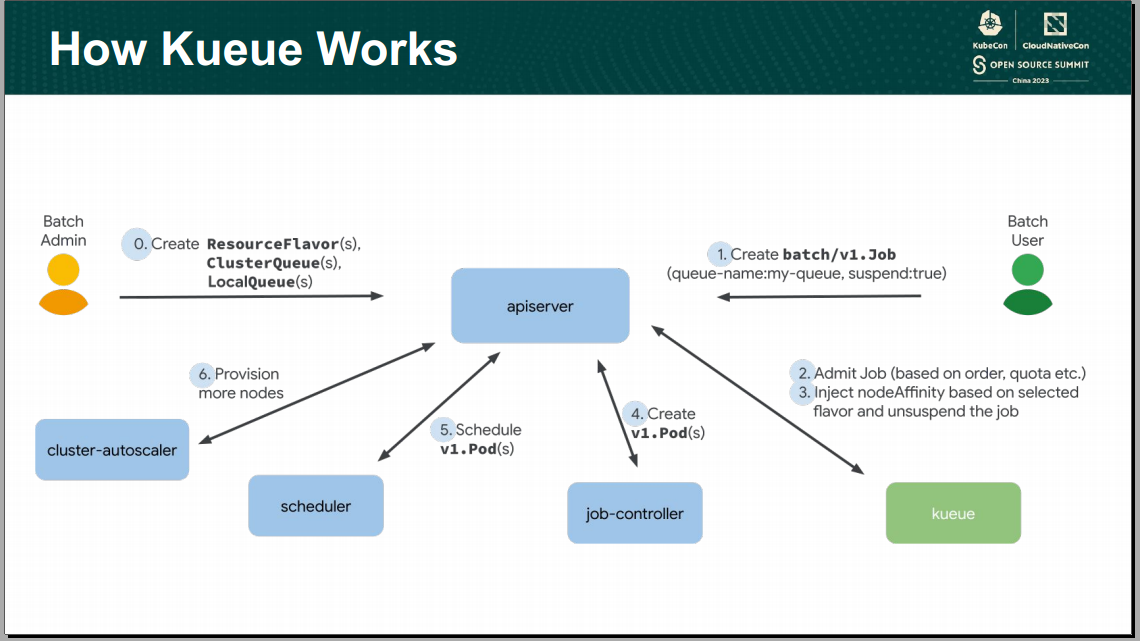
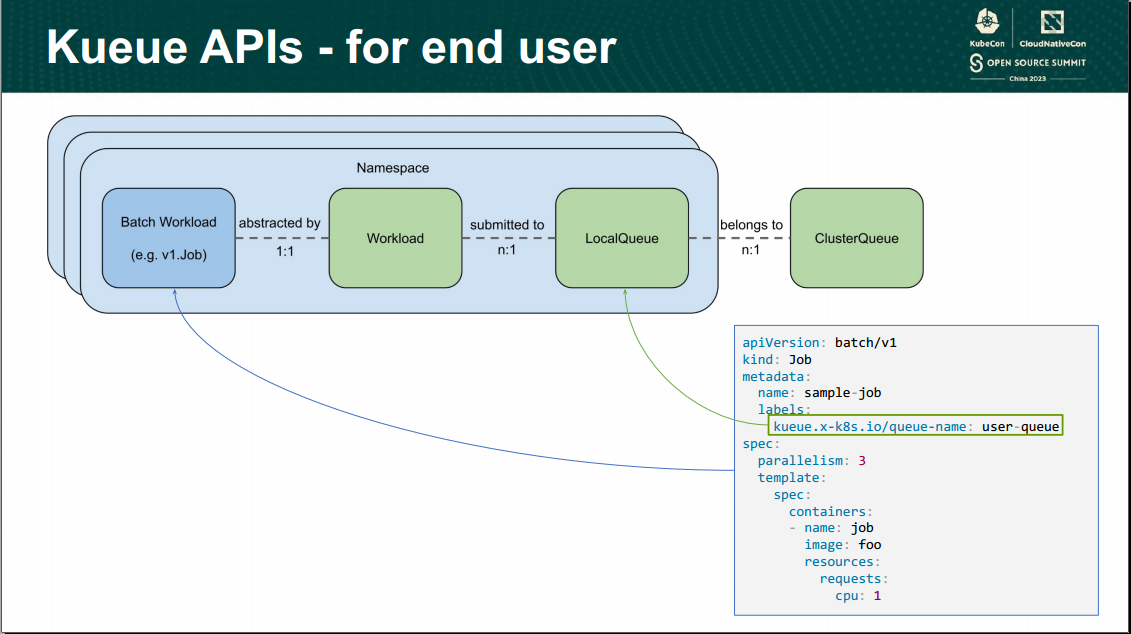
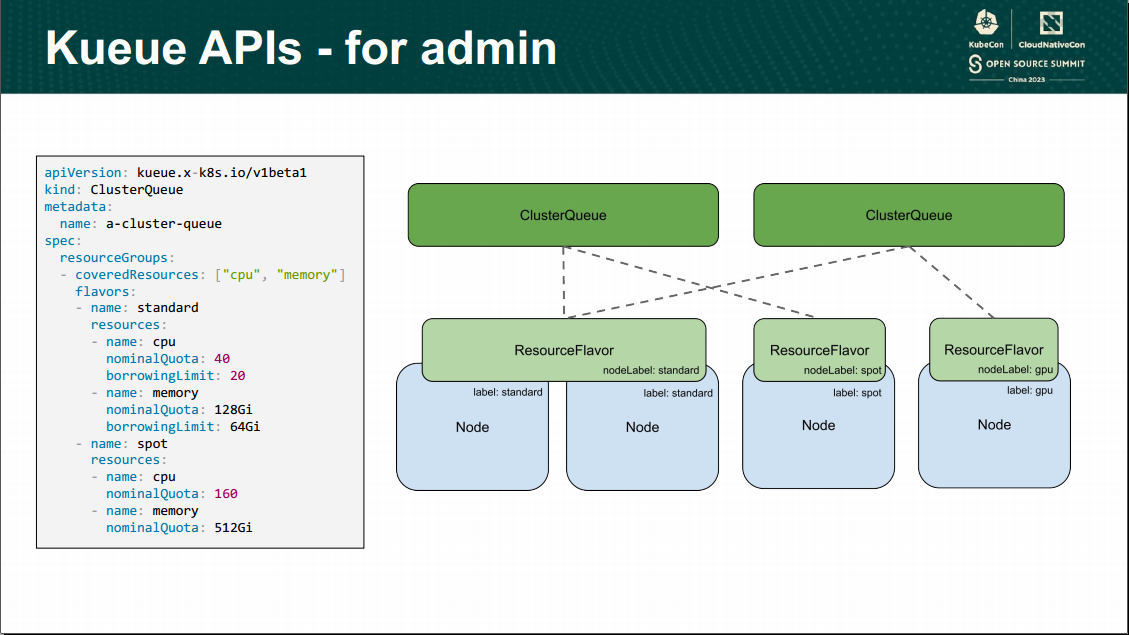
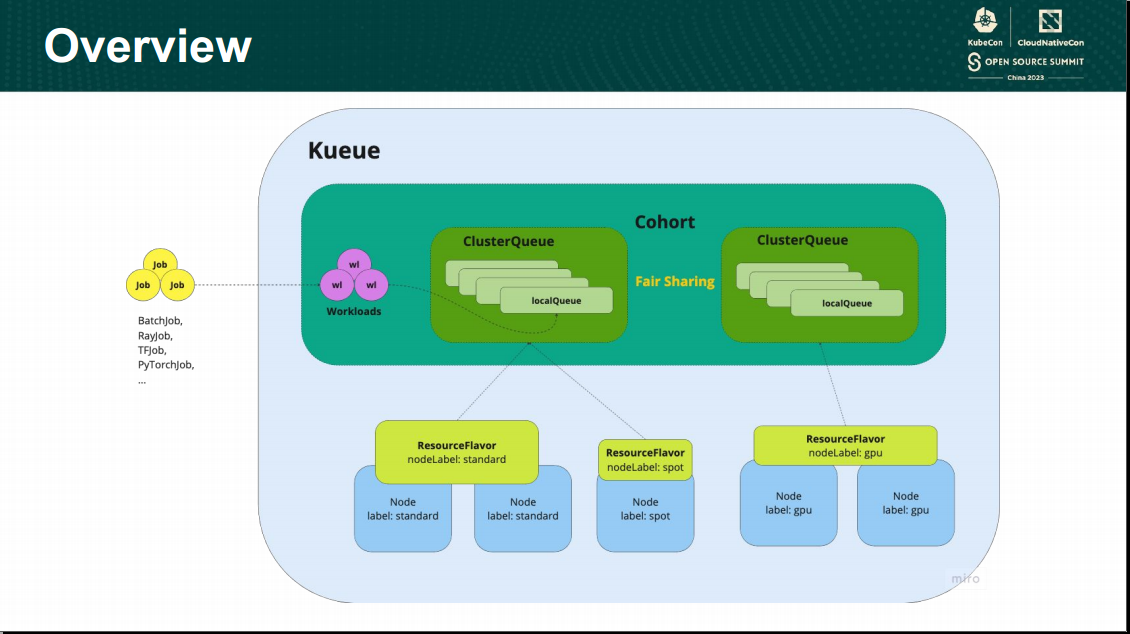
video: YouTube WeChat subscription
It mainly discusses new features and some pitfalls between 0.14 and 0.16. Controller-runtime is a framework for developing various controllers and operators, but it lacks comprehensive documentation. To understand the updates in each version, one needs to dig into the code themselves.
I discussed with Jiuzhu on-site that only the Name and Namespace fields can be saved in the workQueue, which is not very friendly for certain scenarios. For example, in the case of associations with deployments or pods related to VPA (Vertical Pod Autoscaler), writing code using this framework would become quite complex. It was mentioned that the community is unlikely to change this design pattern.
Pitfalls in Version Compatibility
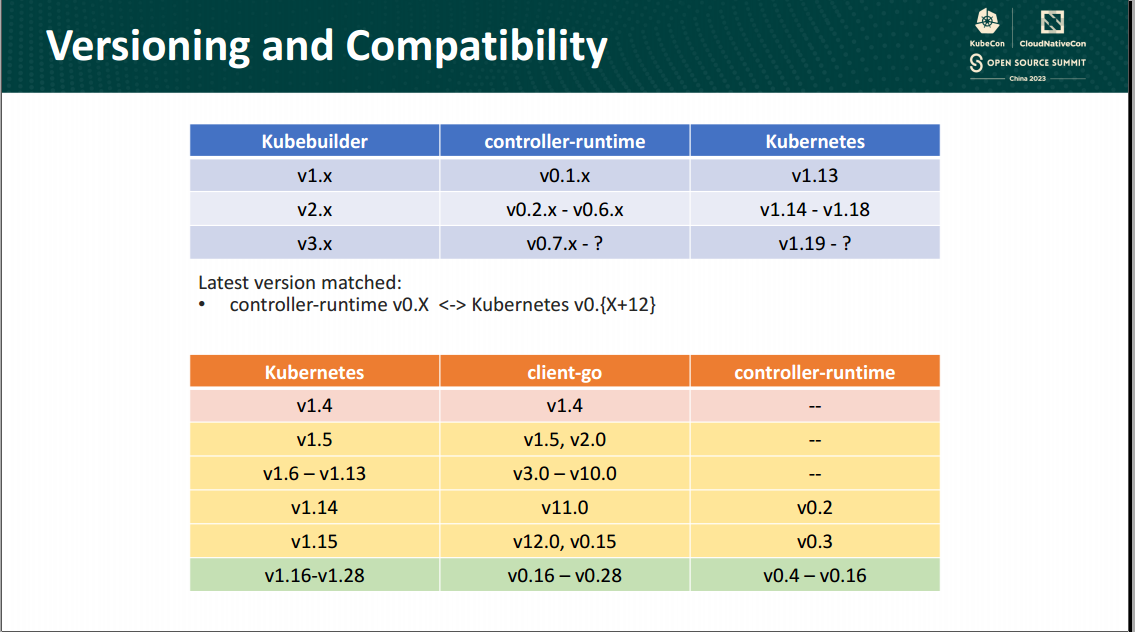
Support for Multiple Clusters
Abstract the concept of clusters; one manager can handle multiple clusters, and one controller corresponds to multiple clusters.
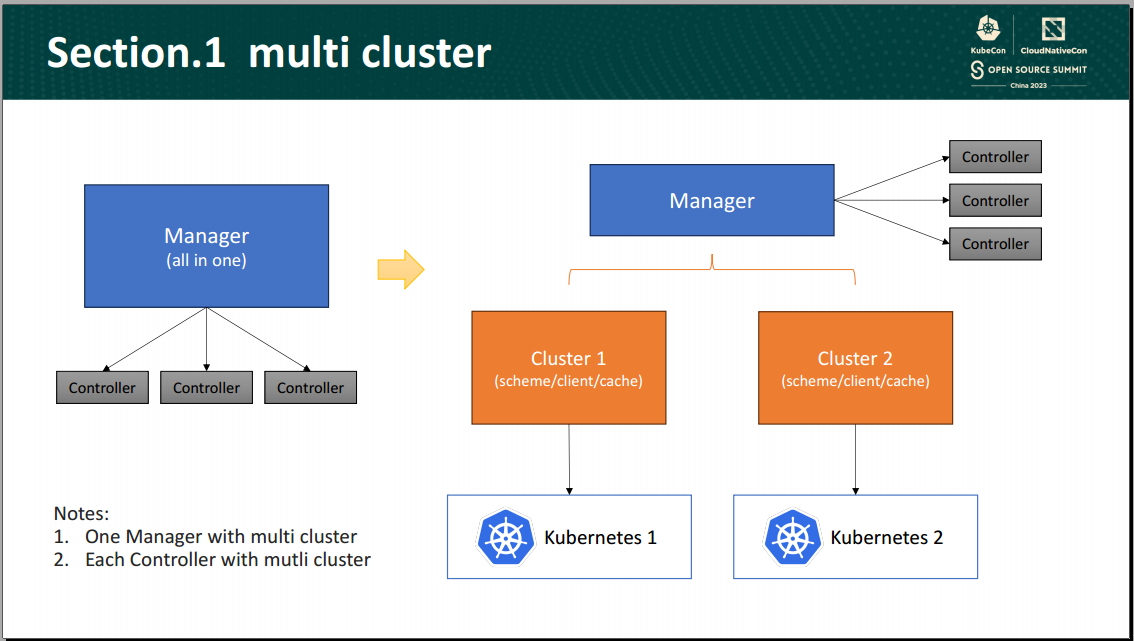
Disabling DeepCopy
Address excessive memory usage. In version 1.28, Reflector has a similar optimization as well. GitHub Pull Request
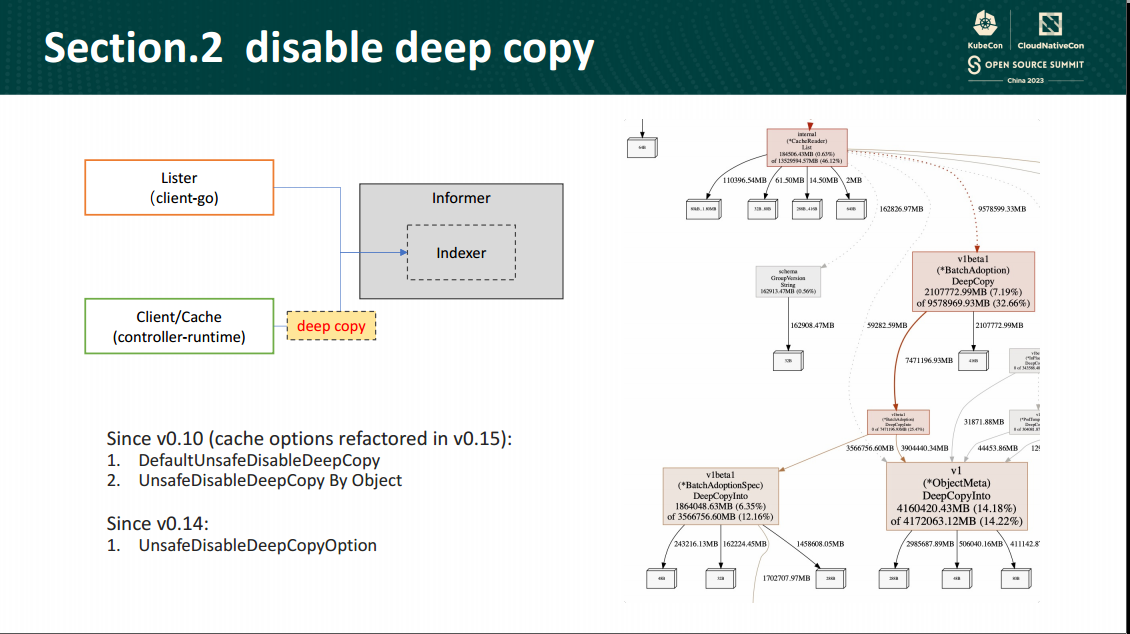
Architecture Diagrams for Various Components
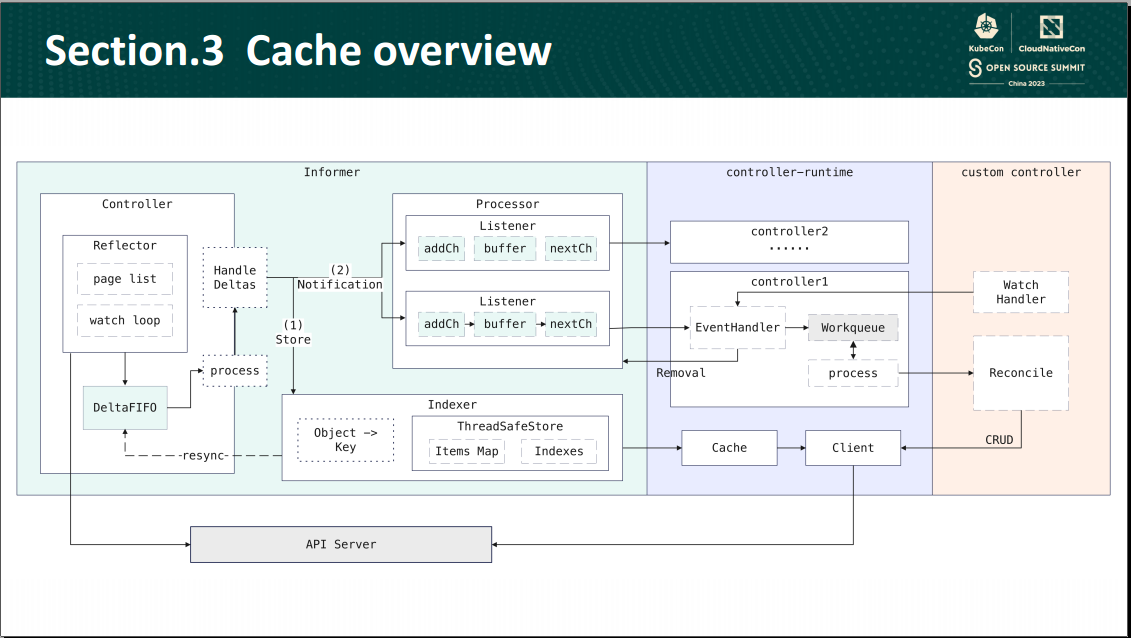
Controller Mesh
Enables controller gray releases and monitoring and circuit breakers.
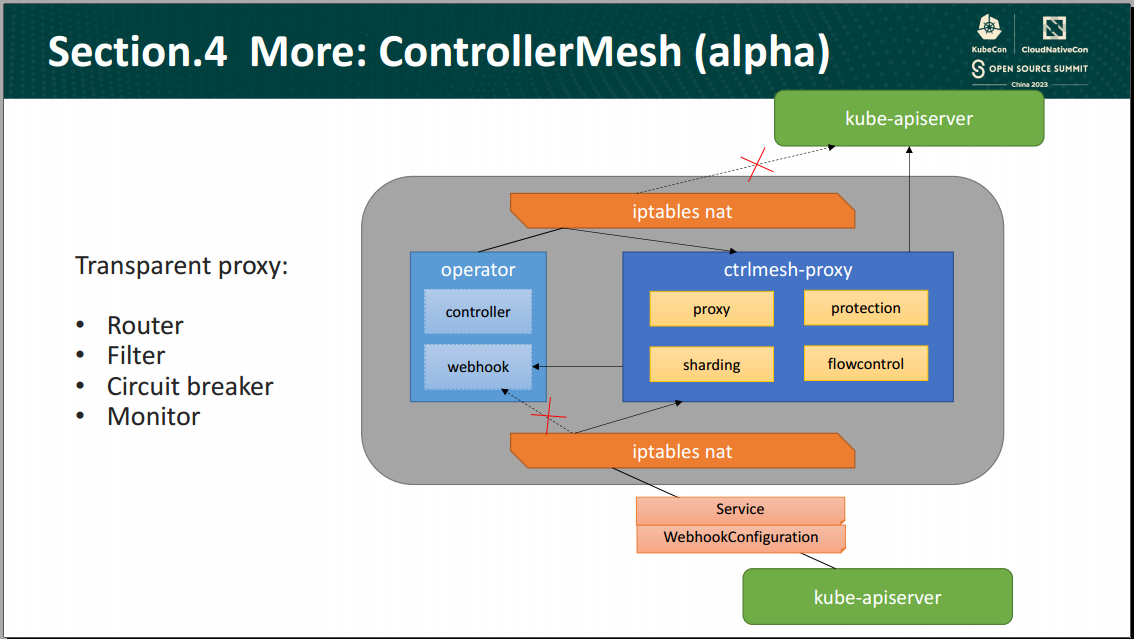
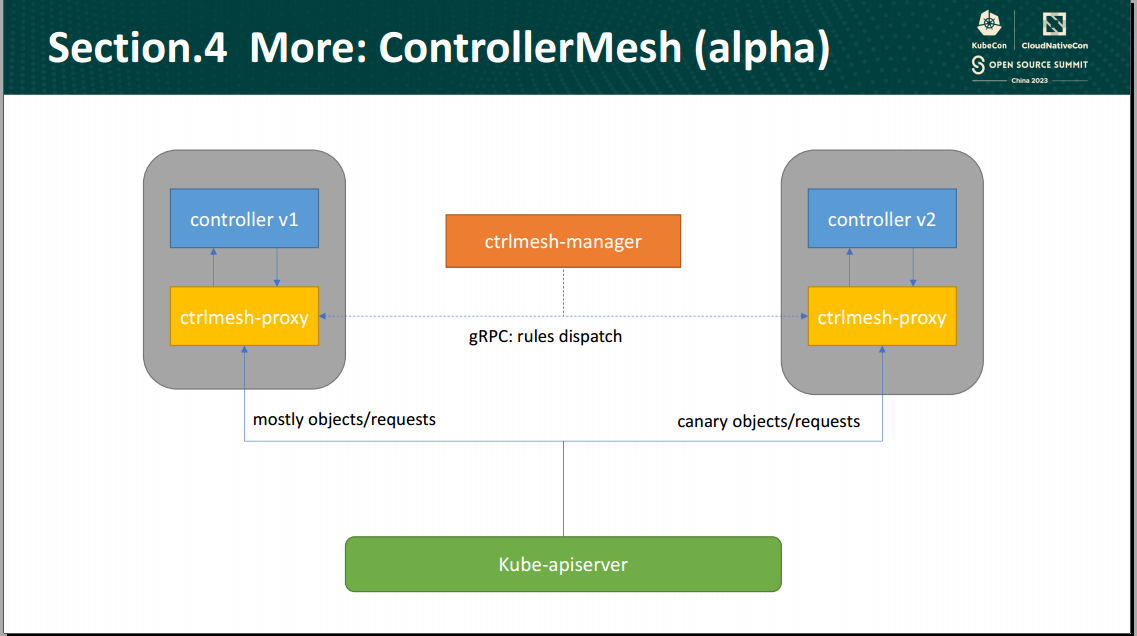
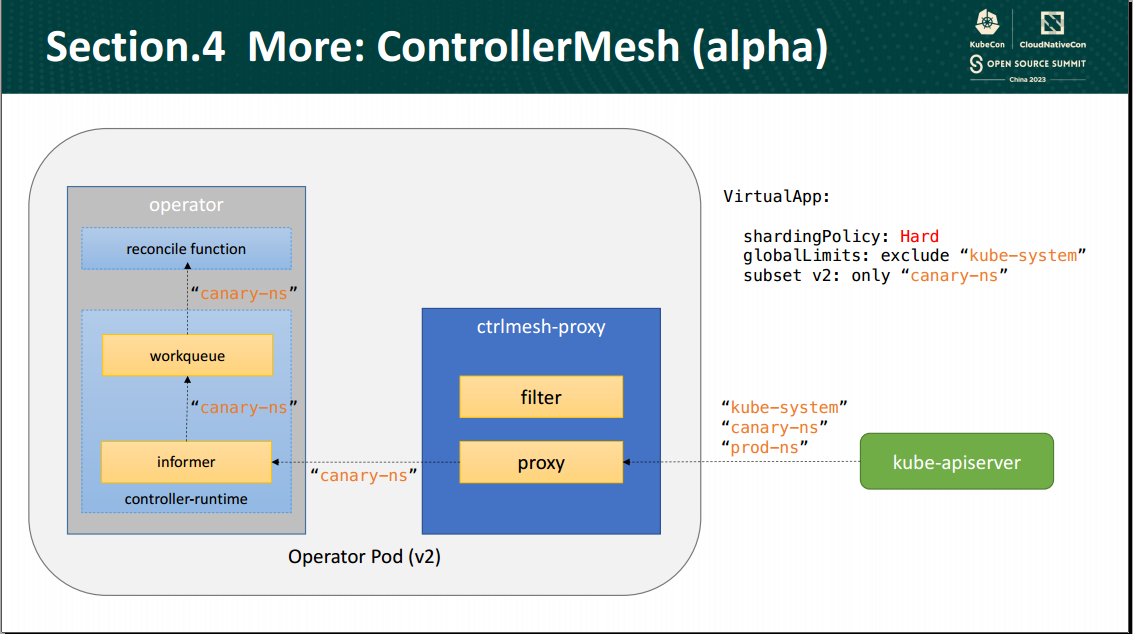
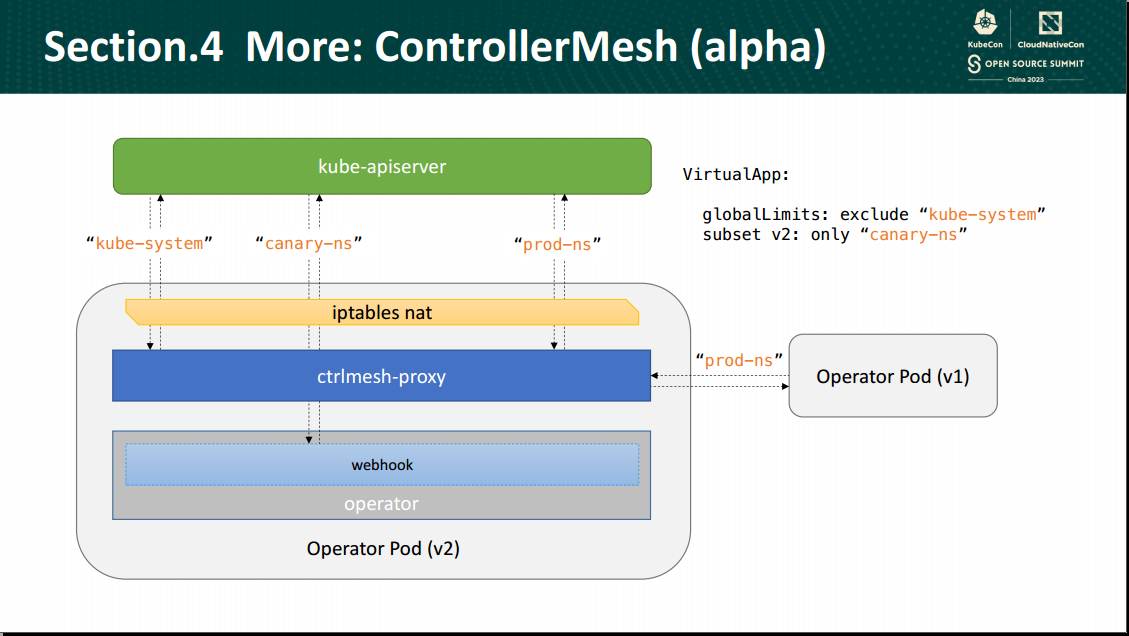
video: YouTube Wechat subscription
Introduction to the new features of containerd version 1.7.
1.6 is the First LTS Version
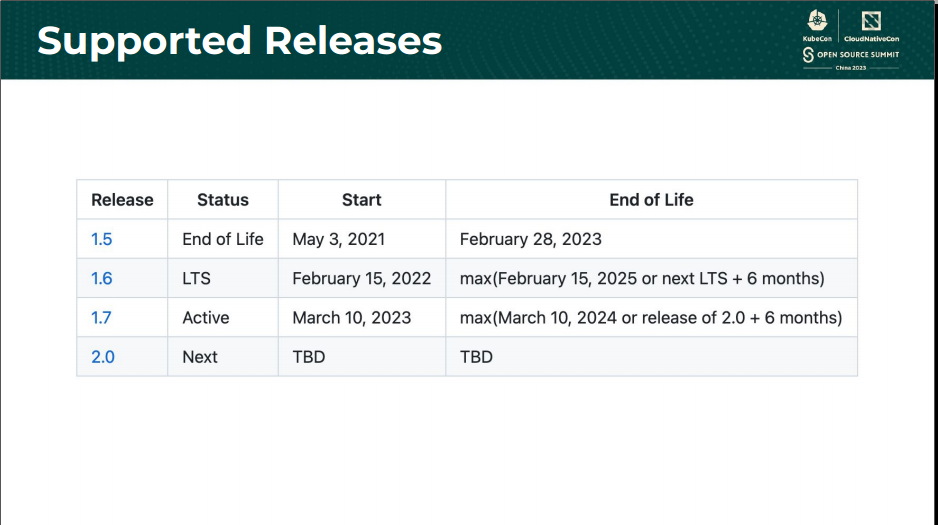
Changes in 1.7
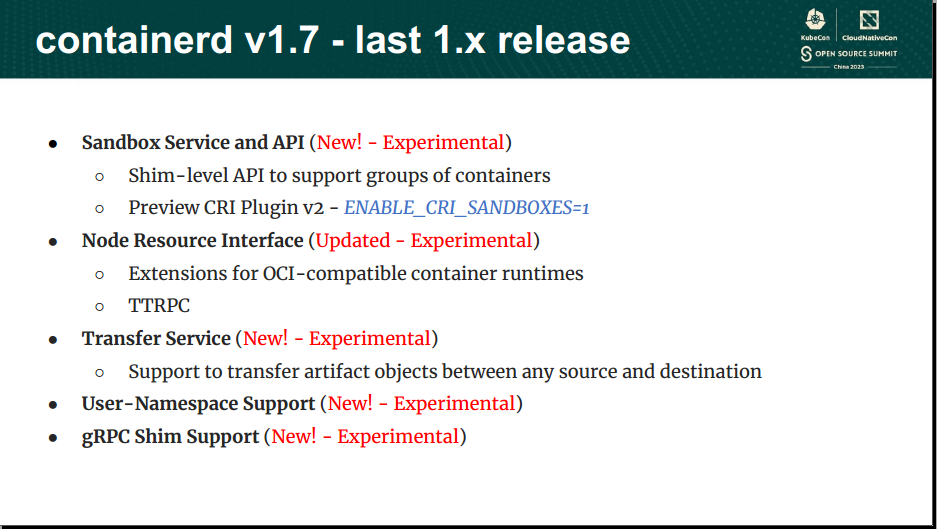
Release Plan for 2.0
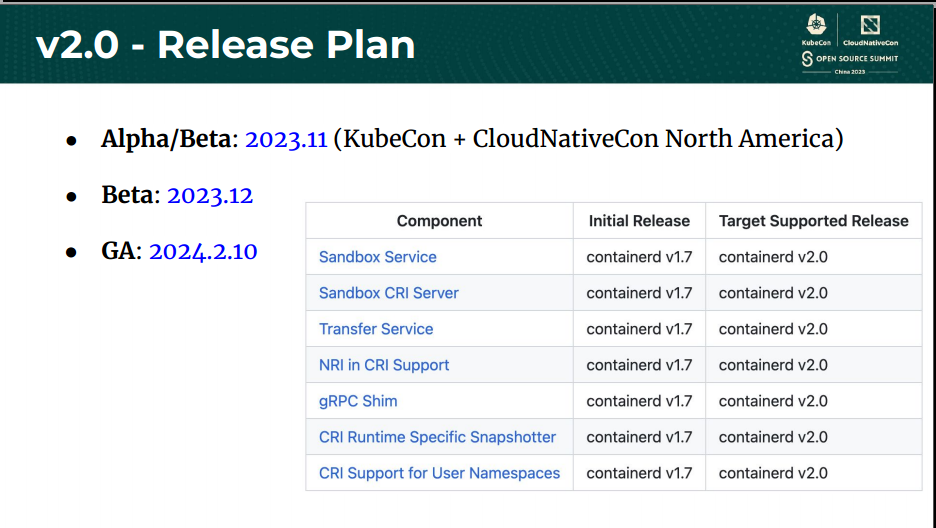
WebAssembly (wasm)
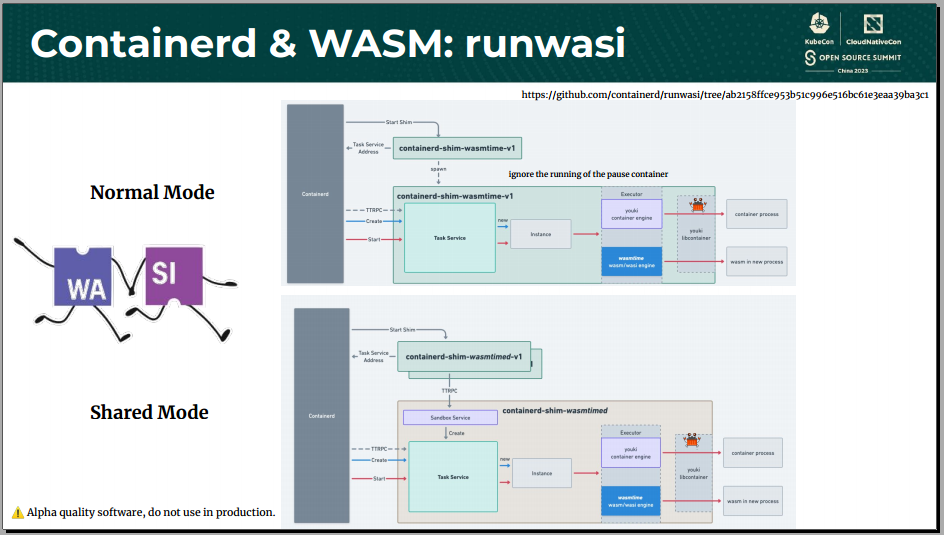
video: YouTube Wechat subscription
It introduced the functions of Volcano, its use cases, and future plans. It addresses various issues related to running big data on Kubernetes, which is very helpful. Further research will be conducted.
Regarding the difference between Volcano and Kueue, inquiries were made to Kueue’s maintainer, Kante Yin. Kueue is designed to solve queue-related problems but is not implemented on the scheduler; it is an independent component. Volcano, on the other hand, solves queue-related issues within the scheduler itself. They share some similar functionalities. Koordinator also has similar features to Volcano, particularly in offline hybrid deployments.
no slide
video: YouTube Wechat subscription
It introduced various meanings of the “Response Flags” field in the Istio proxy logs and their corresponding scenarios. The PowerPoint (PPT) contains a detailed summary of various intricacies, making it an excellent troubleshooting manual. Chaomeng Zhang must be quite experienced, having encountered a multitude of Envoy-related issues. It reminds me of the time when I was well-versed in various errors with Nginx.
Unfortunately, there is no slide available at the moment, but I am looking forward to updates.
video: YouTube Wechat subscription
It introduced an active-active Kubernetes cluster high-availability solution. To be honest, I didn’t fully understand it, so I’ll have to watch the recording later and study it carefully.
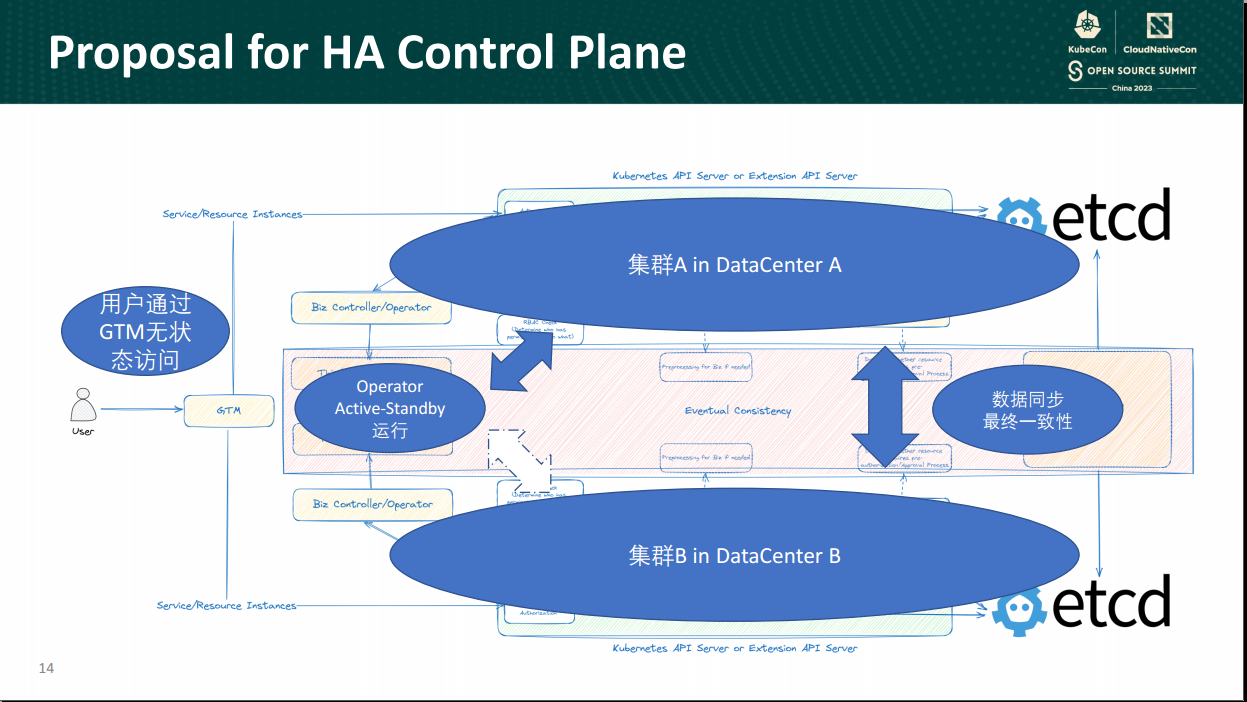
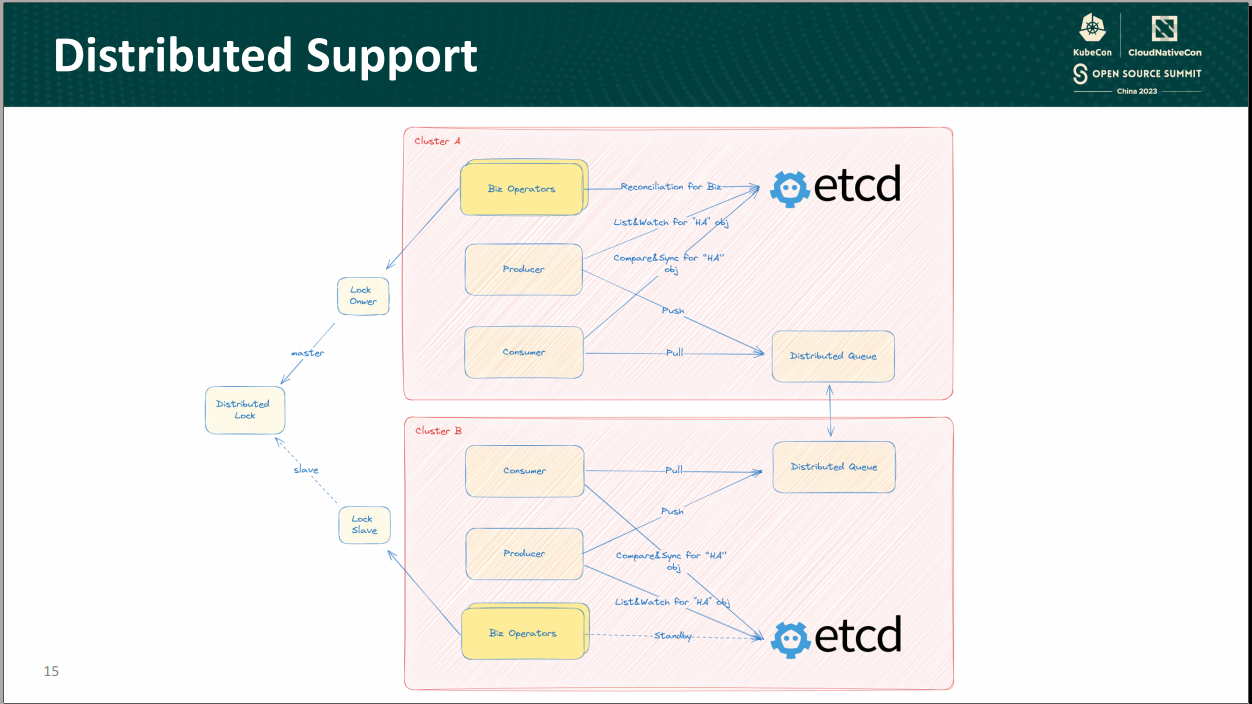
1.2 September 28
video: YouTube Wechat subscription
It introduced the differences between Eastern and Western approaches to enterprise management, primarily focusing on the Western working style. To test my English listening skills, I intentionally chose an English lecture. I found that I could understand most of it, perhaps because the speaker had very clear pronunciation. However, I had difficulty understanding the questions from someone with an Indian accent.
video: YouTube Wechat subscription
It introduced various features of Katalyst, an open-source project by ByteDance, and ByteDance’s practices in resource management. Multiple enhancements and secondary development were made to kubelet in this context, as well as kernel enhancements.
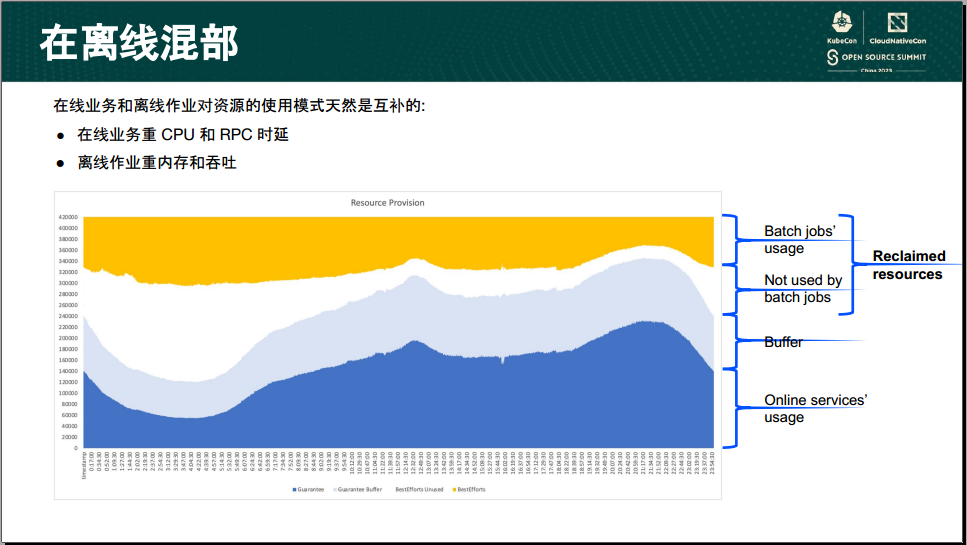
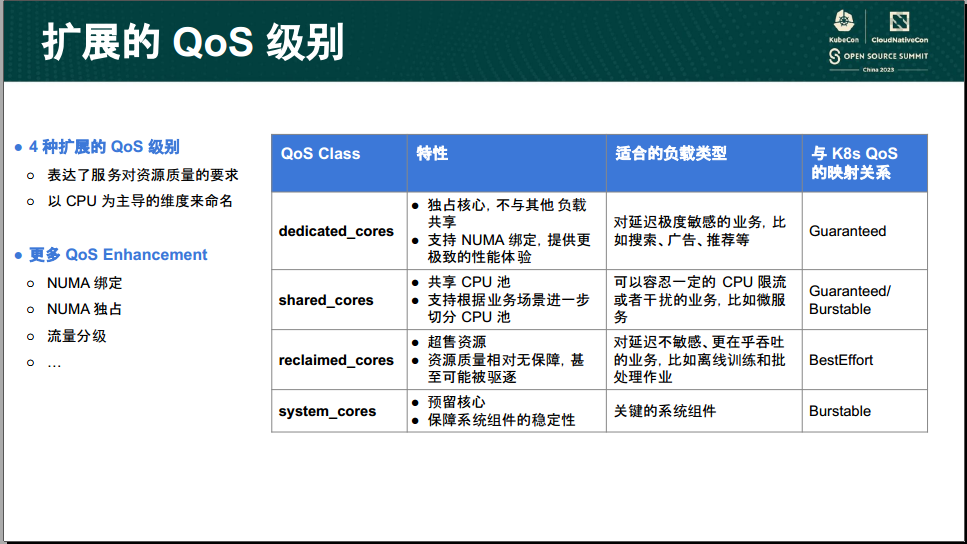
ByteDance also conducted secondary development on kubelet:

Machine Learning-Based Service Profiling
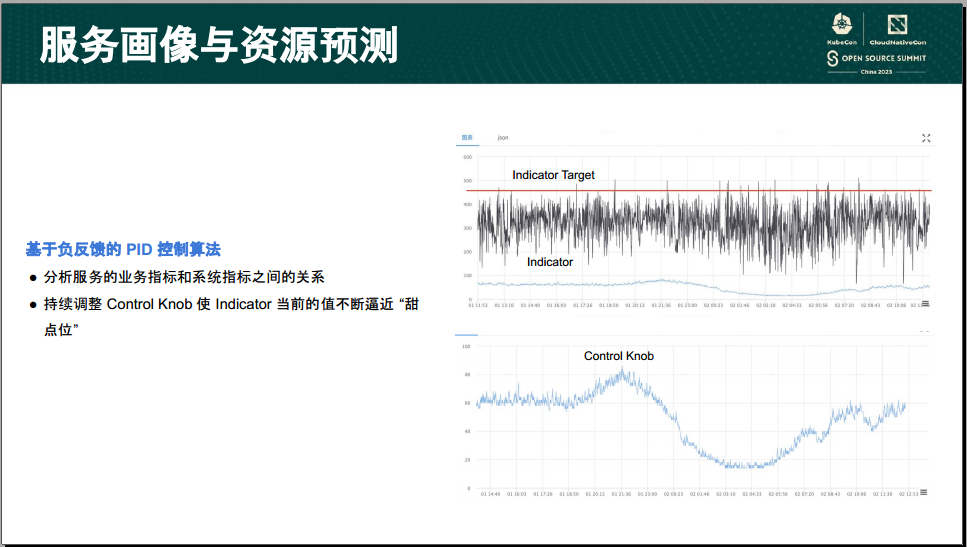
Kernel Enhancements by ByteDance
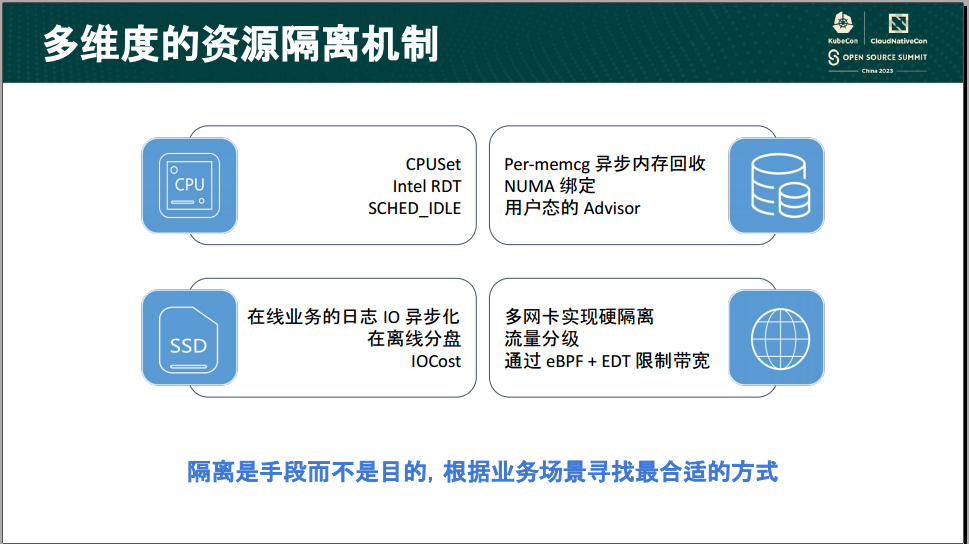
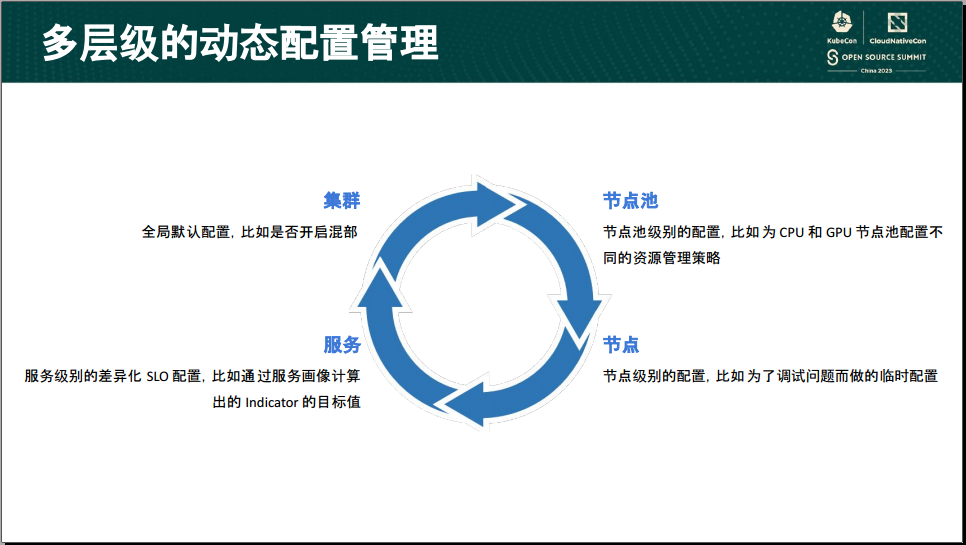
GPU Sharing
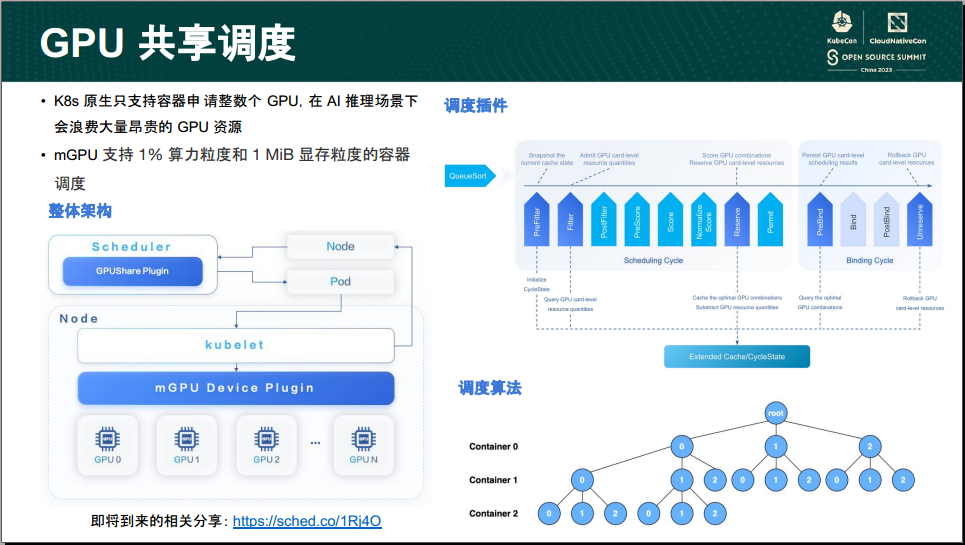
Topology-Aware Scheduling
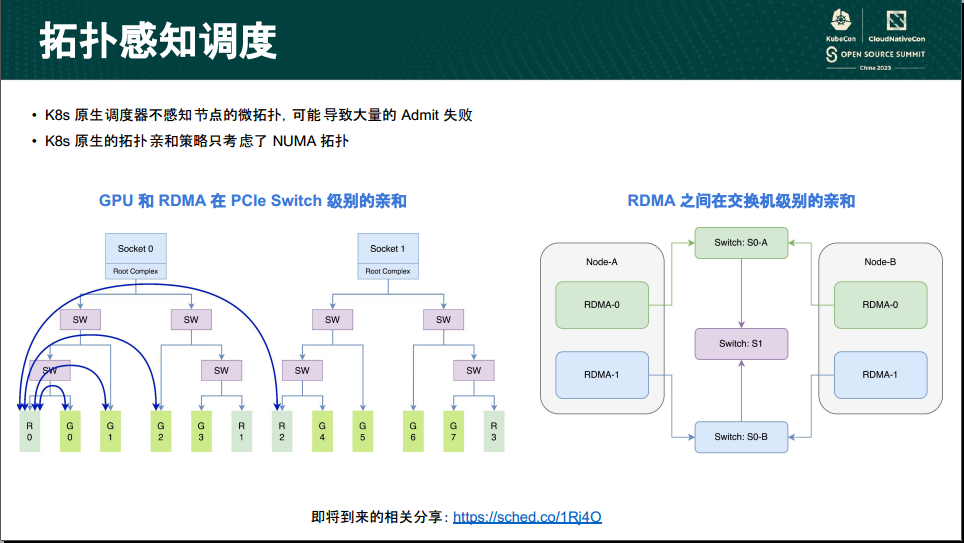
Resource Efficiency Suite
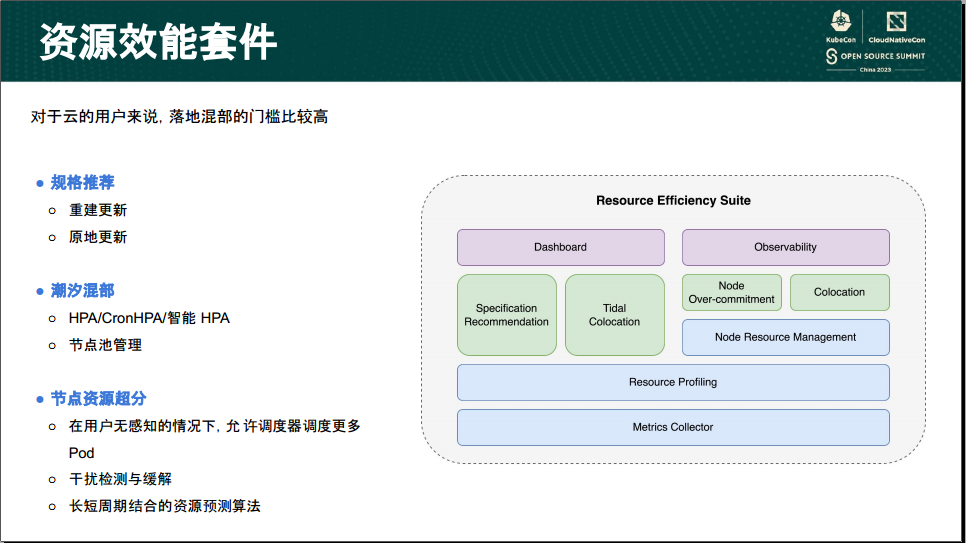
video: YouTube Wechat subscription
It introduced the work done by Kuaishou in resource isolation and topology awareness. Similar work was done in projects like Koordinator, Crane, and ByteDance’s Katalyst.
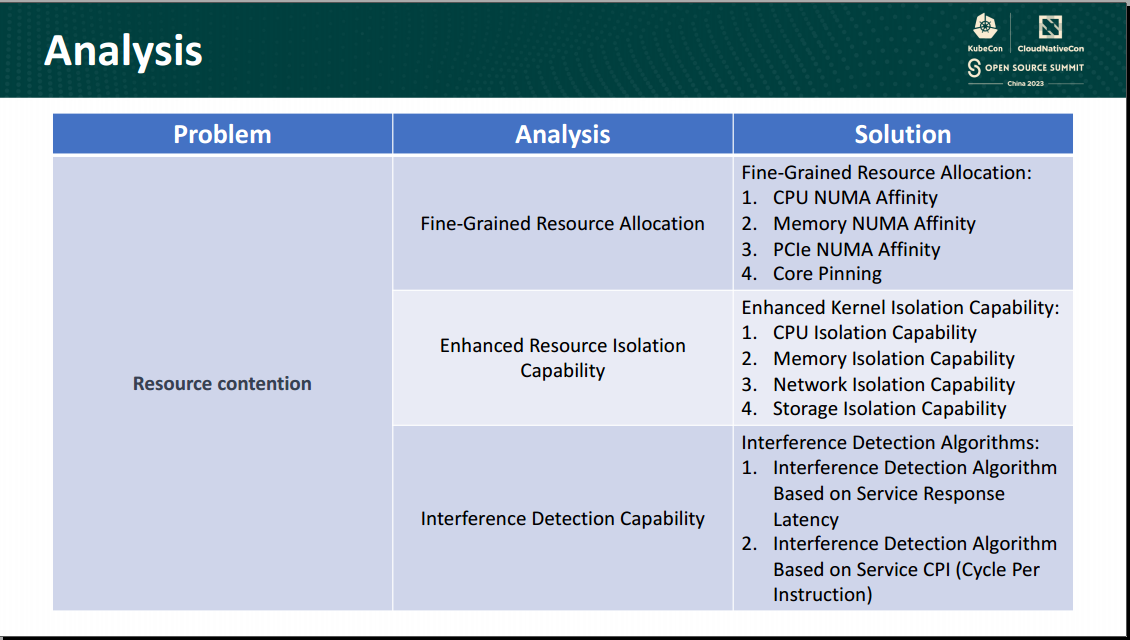
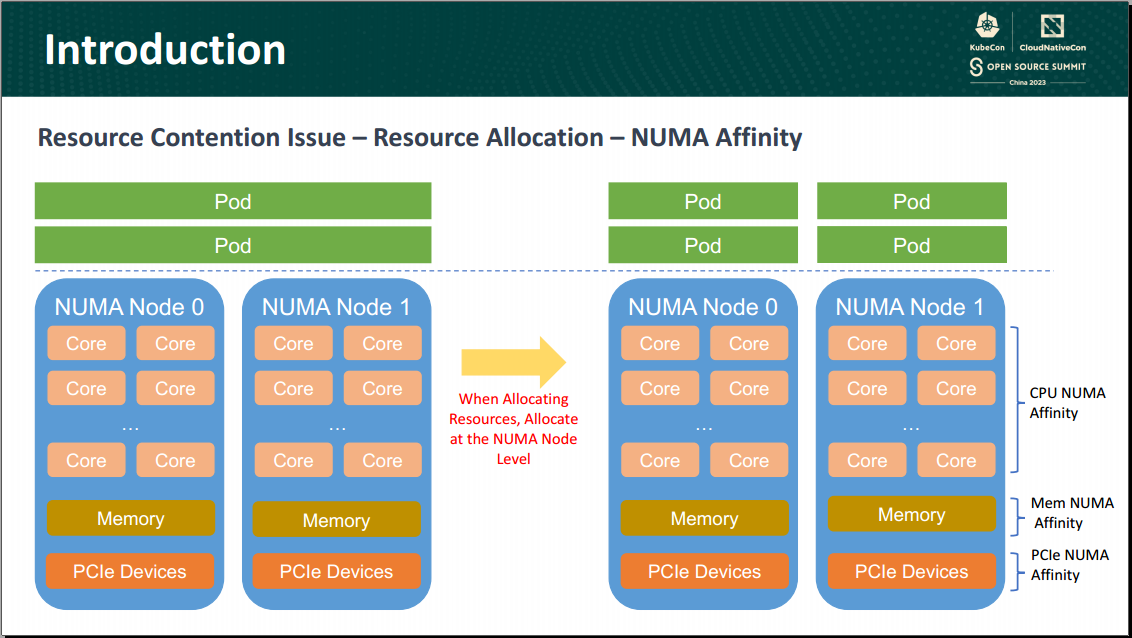
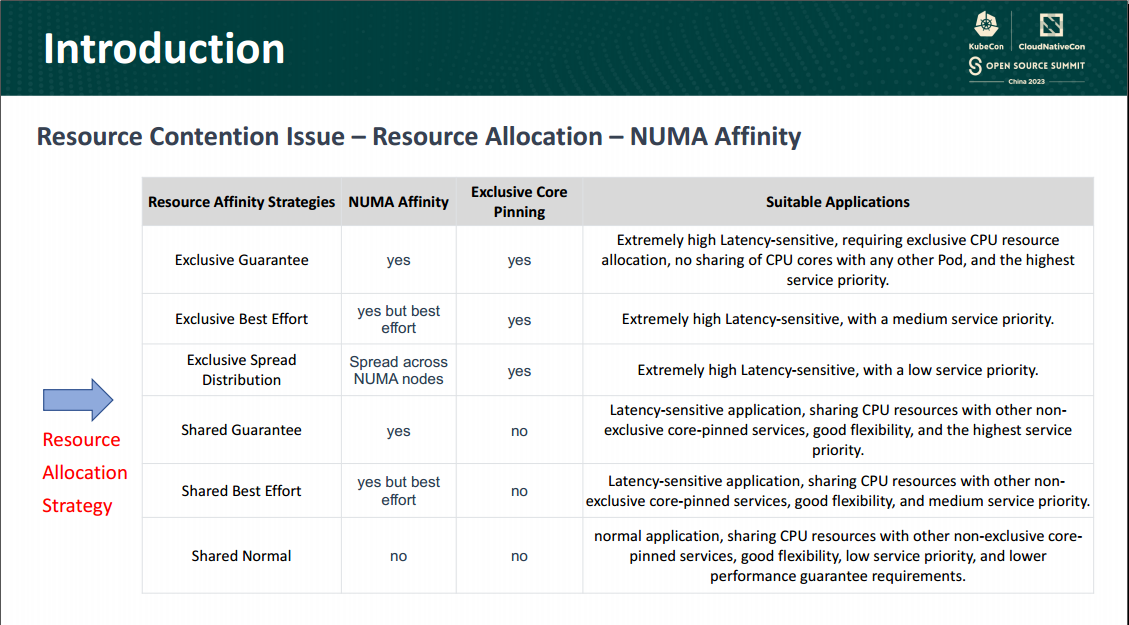
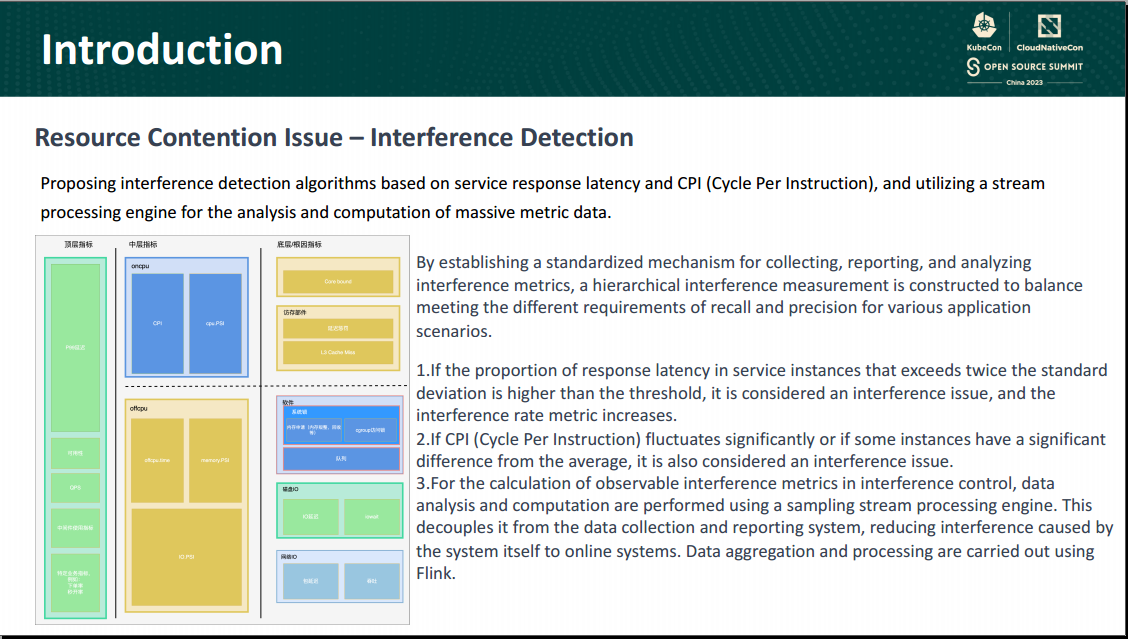
只是噪音还是真正的字节?云原生中的eBPF | Just Buzz or Real Byte? eBPF in Cloud Native - Bill Mulligan, Isovalent
video: YouTube WeChat Subscription
Because I am a contributor to Cilium, I attended this presentation, which was relatively straightforward. It mainly introduced eBPF and its applications, as well as related projects. Currently, eBPF is still in its early stages and has not been widely adopted on a large scale.
After the presentation, I had a discussion with Bill Mulligan and people from VMware. Although my spoken English is not very fluent, the conversation went naturally, and I didn’t feel nervous. I plan to practice more in the future.
1.3 Summary of Impressions
The attendance at this KubeCon was much lower than in 2019, and some cloud vendors no longer sponsored the event. The presentation topics didn’t seem as groundbreaking (lacking novelty), but there were still many high-quality presentations.
